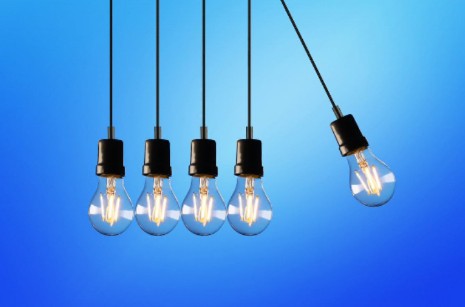Increasing efficiency and lowering costs depend on knowing how much energy your house consumes. Evaluating your energy use patterns and seeing areas of waste will help you to act early to raise the general energy performance of your property. Using energy-saving techniques, modernising to more effective appliances, and making house modifications help to drastically save utility costs and support a more sustainable way of living. This all-encompassing strategy helps your pocket and is important for lowering your carbon footprint and encouraging environmental care.
Assessing your home’s energy usage
Improving energy efficiency begins with understanding your home’s energy consumption. Reviewing utility bills over the past year can help identify usage patterns and peak times. Consider incorporating integrated roof solar panels into your energy strategy to enhance sustainability. By converting sunshine into power, these panels save utility bills and lessen dependency on non-renewable resources. An energy audit, which can be self-conducted or professionally supervised, can also identify energy loss. Examples of such areas include drafts and old equipment. This comprehensive evaluation highlights where you can save on costs and reduce your carbon footprint.
Implementing energy-saving practices
Establishing basic, energy-saving routines will help your house consume much less. Change first to LED light bulbs, which last significantly longer and consume less electricity than conventional incandescent bulbs. Many devices take electricity even when they are turned off, thus making it a habit to cut off lights and disconnect appliances when not in use. Also, consider changing your thermostat by a few degrees; winter lowers it, and summer raises it will result in significant savings. Including these habits in your everyday life helps you save energy and promotes a more environmentally friendly way of living.
Upgrading to energy-efficient appliances and systems
Over time, significant energy savings can result from contemporary appliance and system investments. Search for items with excellent energy efficiency ratings, like those with the Energy Saving Trust Recommended label. For instance, upgrading to an A-rated washing machine may use up to 50% less energy than recent models. Likewise, consider substituting a more effective condensing type for your boiler to offer better warmth using less fuel. The long-term savings on energy bills and the lessened environmental effect make the investment valuable even if the initial expenses could be more.
Investing in home energy improvements
Improving the energy efficiency of your house often calls for calculated investments with long-term payoffs. To minimise heat loss, increase comfort, and lower heating expenses, consider changing the insulation in floors, ceilings, and walls. Double or triple-glazed windows can help maintain a constant interior temperature while lowering noise pollution. Examining alternate energy options, such as solar panels, can also provide a sustainable electrical source, reducing dependency on traditional energy sources. These improvements help create a more environmentally friendly future and raise the value of your home.
If you want to increase your home’s energy efficiency, you have to use a holistic strategy that lowers expenses and helps to create more ecologically friendly surroundings. Reviewing your present energy use, implementing energy-saving ideas, replacing out-of-date equipment with more modern versions, and making house renovations will help you, as a homeowner, lower your carbon footprint. These initiatives raise the value of your house and encourage a conscientious way of living that helps the surroundings and your pocketbook. Accepting these changes is a constructive approach towards a future marked by greater energy consciousness.
Image attributed to Pexels.com





